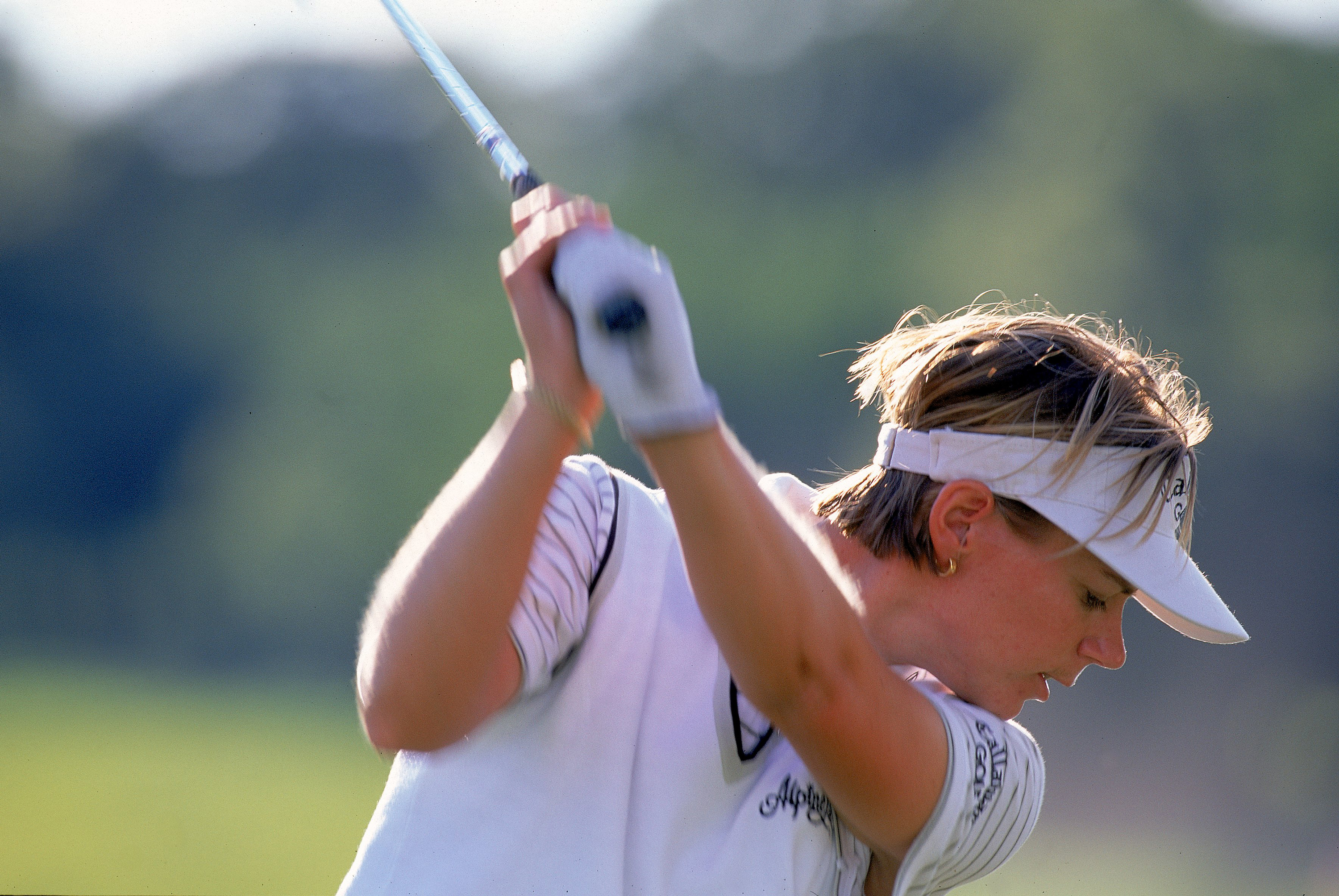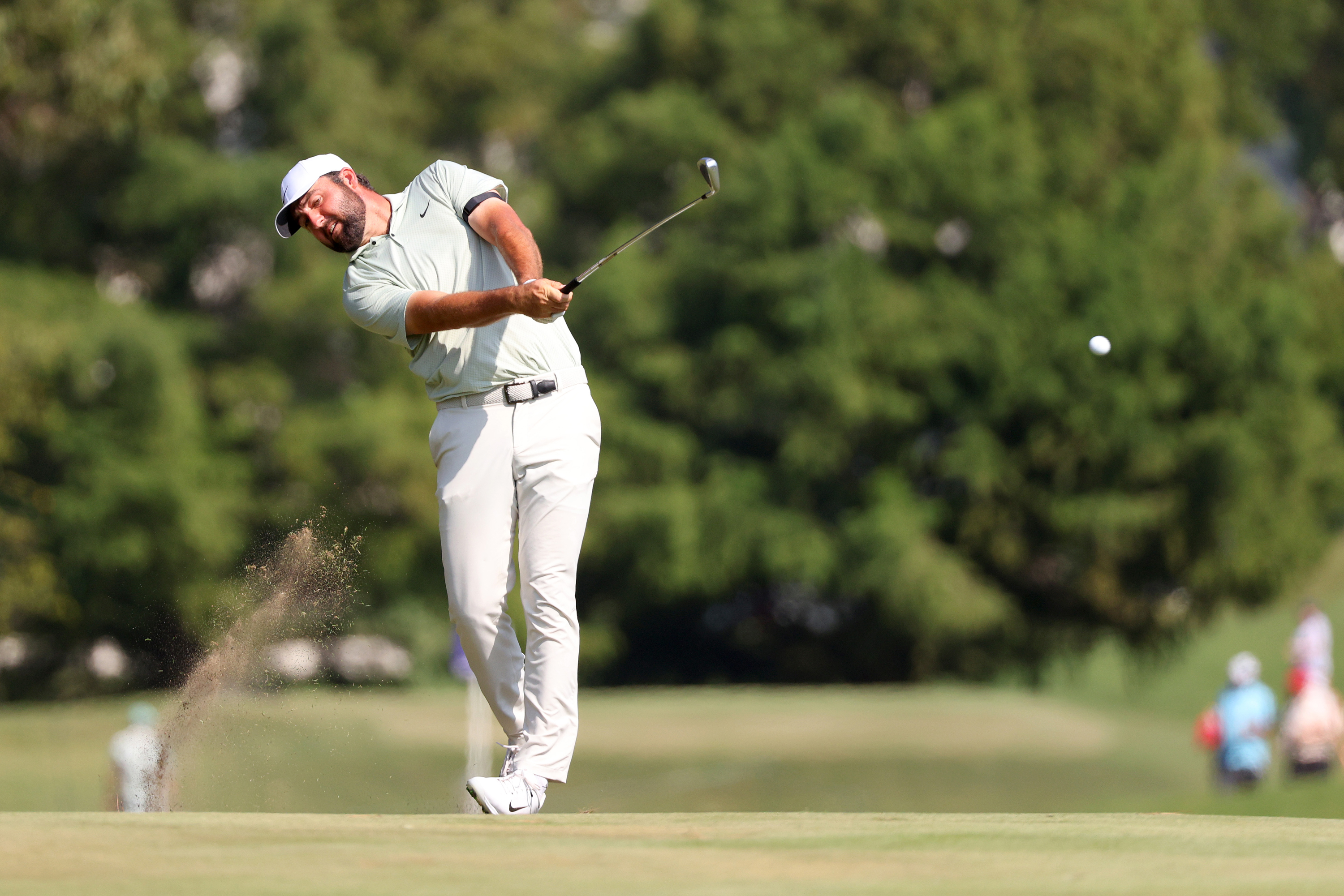
When it comes to finding an effective golf swing, there are many more ways than one to swing a cat… or golf club in this case. The idea of the perfect golf swing has altered and evolved over the years as equipment has improved, sports science has advanced and the increased athleticism of players has allowed for a more dynamic approach.
Over the decades, some “myths” about the golf swing have also evolved as solid tips from trained professionals get passed down the line and taken out of context. Each of the “myths” below, could be good advice for an individual with a particular problem, but none of them presents a universal truth. And, if taken to extreme, each of these myths could be detrimental rather than helpful.
Swing it slow

You can undoubtedly get “too quick” in the golf swing, but it’s getting too quick at the wrong points of the swing that’s the real problem. You want to swing with rhythm rather than trying to be super slow. If you take the club back as slowly as possible, it can lead to erratic speeds through the remainder of your swing.
Your transition shouldn’t be rushed but you should be accelerating the clubhead by the time you’re getting into and through the ball. You don’t see Rory McIlroy’s clubhead travelling slowly through impact! So, don’t focus simply on being slow, focus on having a consistent and repeatable rhythm in your swing.
Keep the head still

This is one that gets repeated over and over – you have to keep the head still, and down. The problem is that if you do, you can become tense and locked in place, thereby unable to make a relaxed and free pass at the ball. Greats of the game like Annika Sorenstam or Lee Westwood have visibly moved their heads or looked up through the swing.
Plant the feet firmly

Again, if you do this, you’ll lock yourself too firmly in place and create tension from the ground up. You should be towards the balls of your feet with a light touch on the ground. Find a starting position that feels athletic rather than static. Look at most great golfers and there’s a considerable amount of foot movement through the swing… Scottie Scheffler?!
Get your backswing to parallel

Traditional instruction might have said you should complete a nice full backswing, getting the club to parallel on the say back. You don’t have to do that. Again, just look at great players like Jon Rahm or even Xander Schauffele who don’t get the club anywhere near parallel. You want to complete a nice full turn but that doesn’t require you to contort yourself into an uncomfortable position to also get the club to parallel.
Lock that left arm

You might hear that you should maintain a straight left arm through your swing. It’s a generally accepted teaching method. But too rigidly locked a left arm, much like rigidly keeping your head still or planting your feet to the ground in too firm a fashion, can cause tension and that can lead to a tense, erratic swing. There have been plenty of good players over the years who have had great success with a bent left arm – Jordan Spieth is a good example.
Remember, there’s no single right way to complete a brilliantly effective golf swing (see the lead picture of this article) and there might be merit in the concept of each of these myths if you’re struggling with rushing, dipping, lack of balance, lack of turn or lack of power (in order) … But, taking anything to an extreme tends to be counterproductive, so just check yourself before going too far… And, if you’re struggling – Go see a qualified PGA professional!






